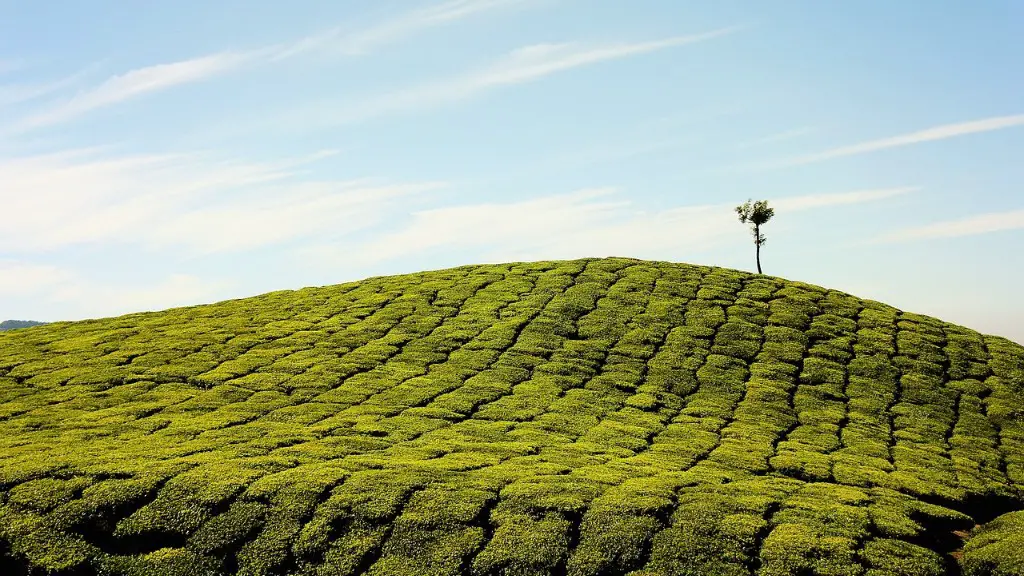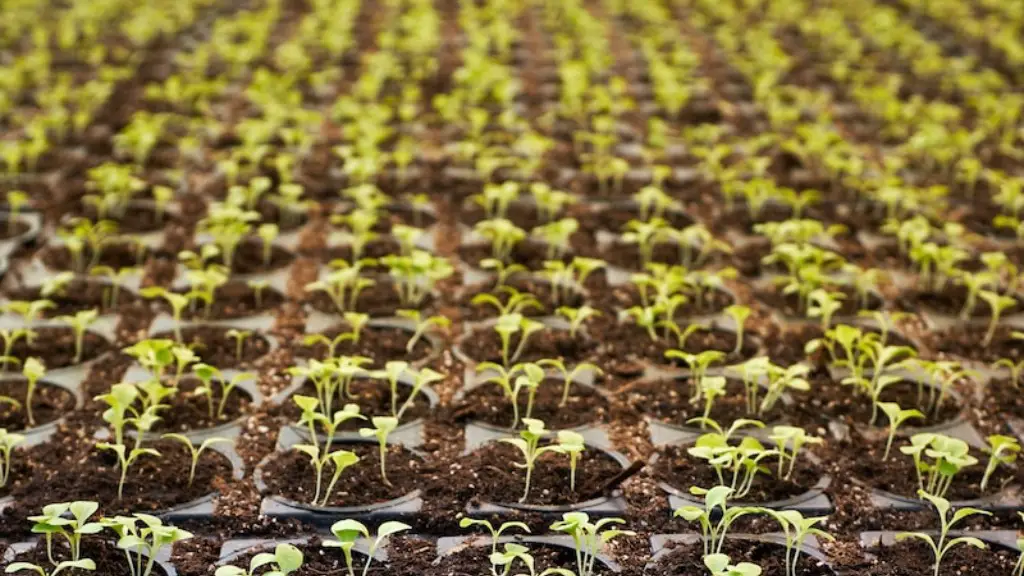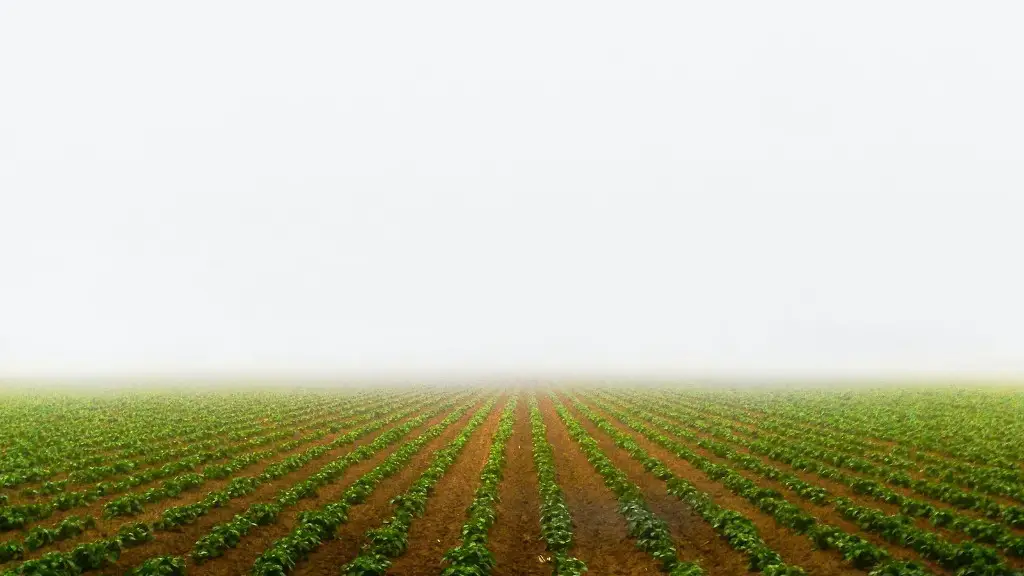The terms production and productivity in agriculture are often used interchangeably but actually refer to two different concepts. Production is the output of a particular process, usually measured in tonnes or kilograms. Productivity is the efficiency or effectiveness of the process and is measured in output per unit of input. This blog post will explain the difference between production and productivity in agriculture in detail.
Production in agriculture refers to the total amount of goods or services produced. It is the sum of all agricultural output, regardless of quality or efficiency, and is usually expressed in terms of tonnes or kilograms. If a farmer harvests 10 tonnes of cotton in a year, then his/her production for that year is 10 tonnes. This figure is usually measured over a specific time period and can be compared to previous years or other farms.
Productivity in agriculture, on the other hand, refers to how efficiently the production process is operating. It is a measure of output per unit of input and is usually expressed as the number of output units divided by the number of inputs, such as labour or land. For example, if a farmer produces 10 tonnes of cotton in a year with 2 hectares of land, then his/her productivity is 5 tonnes per hectare. This measure is useful for comparing different methods or management practices and has implications for sustainable and profitable cultivation.
In summary, production in agriculture is the total output of a process, whereas productivity is the efficiency or effectiveness of the process measured in output per unit of input. Productivity is important for determining the profitability of the farming enterprise and for encouraging sustainable practices.
Farming Practices to Improve Productivity
Farming practices can be used to improve productivity in agriculture. Examples include the use of enhanced seeds, better irrigation techniques, improved fertiliser application, crop rotation and pest control. Improved infrastructure and access to markets can also increase productivity. New technologies such as precision agriculture are helping to revolutionise the industry, with the potential to boost yields, reduce inputs and increase sustainability.
The use of data, such as soil and weather information, can inform better decision-making and help farmers to optimise their operations. Digital tools are being developed to provide detailed analysis and evidence-based insights which can help farmers to achieve the maximum output from their land with the least input of resources.
Farmers can also benefit from working together in cooperatives or farmer-owned companies. This can help to reduce costs and facilitate access to markets and finance. Additionally, adoption of sustainable practices such as integrated pest management, conservation agriculture, integrated soil fertility management and improved crop rotations can help to protect soil health, reduce risks and increase yields.
What is Total Factor Productivity?
Total Factor Productivity (TFP) is a measure of productivity which takes into account all inputs in the production process. It is calculated by dividing total output by the weighted inputs of labour and capital. In this context, TFP gives an indication of how efficiently the inputs are being used. It can be used as an indicator of technological progress and as a comparison between different farms.
TFP is important as it provides an indication of the overall efficiency of the production process. It can be used to assess the economic performance of a farm and to identify where productivity could be improved. However, it is important to bear in mind that it is only a proxy measure and the real indicators of productivity are best determined through direct observation and field data.
There are various other measures of productivity in agriculture which are used to assess the performance of a farm or region. These include value-added indicators, yield-per-unit area, labour productivity and capital productivity. Each of these measures provides a different way of looking at the efficiency of a particular process.
Advantages of Higher Productivity
Higher productivity in agriculture has numerous benefits for farmers and society as a whole. It enables farmers to produce more output with less input, improving profitability and sustainability. It also increases job security and contributes to economic growth in rural areas. Furthermore, higher productivity can reduce poverty and improve food security, particularly in developing countries where food insecurity is prevalent.
From an environmental perspective, higher productivity helps to reduce the demand for land, water and other natural resources. It can help to ensure that the land is used in a sustainable way, with fewer impacts on biodiversity, soil health, water quality and other natural systems. Finally, higher productivity increases competition and reduces prices, providing economic benefits to both farmers and consumers.
What Factors Affect Productivity?
Productivity in agriculture can be affected by a range of factors, both external and internal. External factors include weather conditions, pest infestations, land use changes, energy costs and access to markets. Internal factors include farm management, use of fertilisers, labour supply and use of technology. Any or all of these factors can influence productivity, both positively and negatively.
In order to increase productivity, farmers need to consider all of the factors which are affecting their production process and identify opportunities for improvement. This can involve the establishment of better farm management practices, the adoption of new technology and the introduction of new crop rotations or production methods. It is also important to consider ways to reduce input costs, such as the use of energy-efficient equipment or the implementation of water-saving techniques.
In addition, farmers should look to improve market access and take advantage of government support or subsidies, if available. Additionally, investing in research to identify technologies and innovations which can result in improved efficiency and yields is also beneficial in the long-term.
Conclusion
In conclusion, production and productivity in agriculture are two distinct concepts, with the former being the total output of a process, and the latter being the efficiency or effectiveness of the process. There are numerous ways to improve productivity, including the use of enhanced seeds and better irrigation techniques, improved fertiliser application, crop rotation and pest control, as well as improved infrastructure and access to markets. Total Factor Productivity (TFP) is a measure of productivity which takes into account all inputs in the production process, while advantages of higher productivity include higher profitability and sustainability, increases in job security and economic growth, improved food security and reduced environmental impacts. Factors affecting productivity include external, such as weather conditions, and internal, such as farm management, with any or all of these factors able to influence productivity in different ways.




